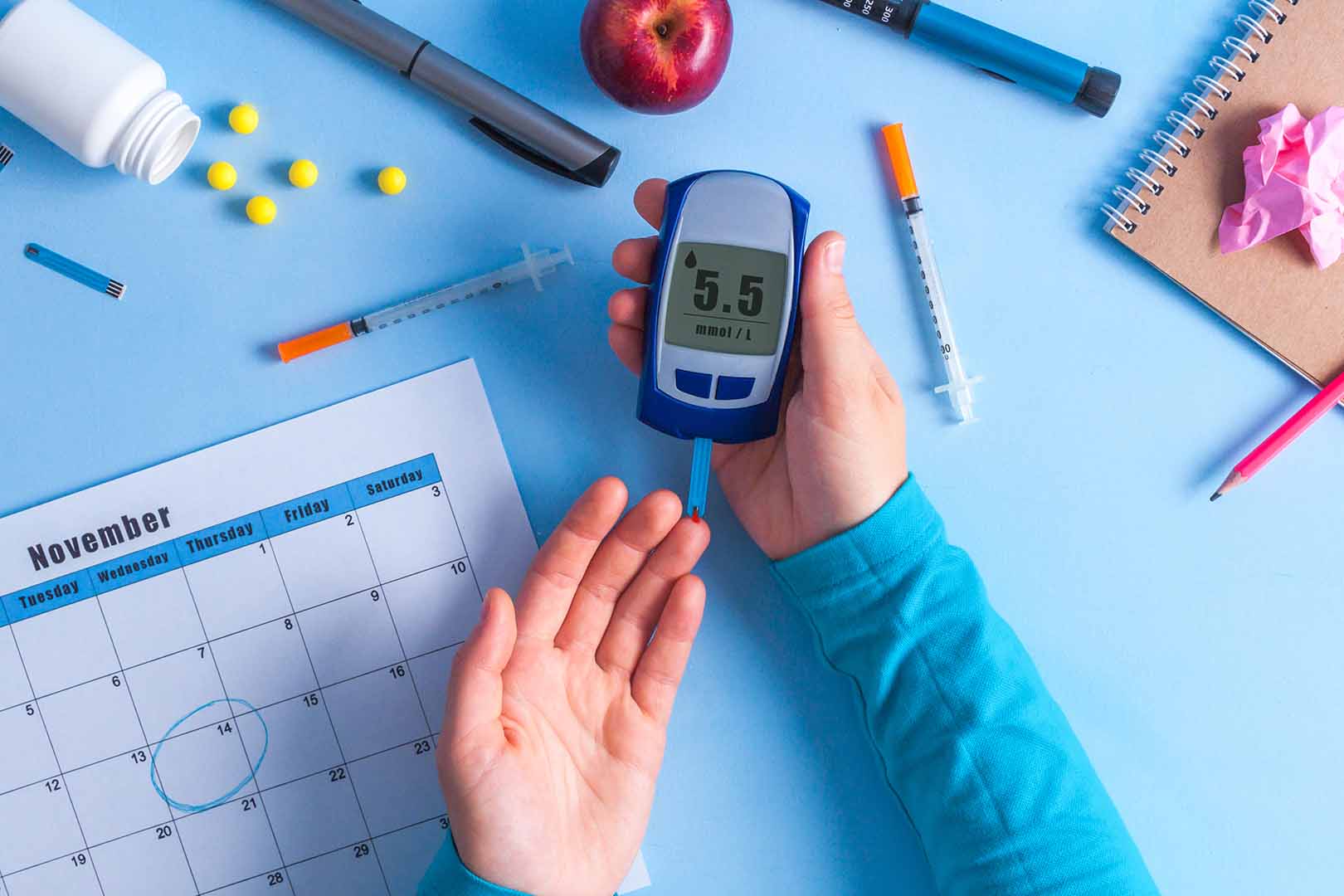
Frozen shoulder accurs when the capsule and ligaments around the shoulder joint become inflamed and thickened. This condition affects the shoulder joint and causes limited movement and significant pain. This can limit a persons ability to carry out daily activities comfortably.
10 Practical Moves at Home to Help Recover from Frozen Shoulder
Doing exercises consistenly has significant benefits in evercoming frozen shoulder. This exercise can help increase the range of motion of the shoulder, reduce pain experinced, and restore normal functionality to the affected shoulder joint. Here are some physiotherapy exercises that can help treat frozen shoulder.
- Pendulums: Bend at your waist and let your injured/stiff arm dangle down towards the floor. Hold on to a table or chair for support. gently rock your body weight from your left to your right foot in a circular montion to move your arm in a circle pattern. Change the direction of your circle pattern and move your injured arm in the opposite direction.
- Cane Exercise - Up & Back: Lie down on your back. Hold a cane (or wand, or broomstick) flat across your hips with your elbows straight and palms facing down. Use your non-injured arm to help lift the cane up your head until you feel a streatch in your injured arm.
- Cane Exercise - External Rotation (Out): Lie down on your back. Hold a cane (or wand, or broomstick) in your hands. Using gentle force with your non-injured ar, push the hand of your injured shoulder out away from your body. keep your elbow at your side. Move your hand as far as it will go without a sharp increase in pain.
- Wall Slides - Forward: Standing facing a wall. Extend your inured arm directly in front of you. Rest your forearm on the wall with your little finger against the wall. Take a step in toward the wall. Let your arm slide up thewall ao that your little finger is the only feel a comfartable streatch.
- Wall Slides - To the Side: Stand close to a wall. Place your forearm and little finger against the wall.Slide your foream and hand up the wall until you feel a comfortable stretch. Step towards the wall as needed for a stronger stretch.
- Shoulder Stretch: Grasp the elbow of your stiff shoulder in the opposite hand. Pull your albow across your chest, toward the opposite shoulder.
- towel Stretch: Hold a towl with your non-injured shoulder lifting your back. Gently reach to your low back with your injured arm and grab the end of the towel. gently pull on the with your non-injured shoulder, lifting your injured arm up in the back. You will feel a stretch at the front of your shoulder.
- Chest stretch in doorway: Stand next to a wall with your injured arm stretched out injured arm stretched out directly to your side and your palm flat against the wall. Turn your body away from your arm until you feel a comportable stretch across your chest.
- Inferior capsule stretch: Sit down. Hold the side of the chair with your injured arm. Slowly lean the opposite direction until a gentle stretch is felt in your shoulder. Your injured shoulder shoul be fully relaxed.
- Sleeper Stretch: Lie on your side, on your injured shoulder. Keep your injured arm out in front of you with your elbow at a 900. Use your non-injured arm to push downward on your hand to stretch your arm. Keep your elbow bent. Try to push your hand and forearm down towards the table/floor/bed. You should feel the stretch at the back of your shoulder. Hold the stretch for 8 seconds. Do this exercise 10 times, 2 times per day.







